But it might break?
Release Date: December 10, 2019
Last Updated: October 7, 2021
At The Curiosity Approach®, we believe in giving children responsibility to handle and play with breakable items. Ceramic tea pots and tea sets replace the bright plastic child sized ones that we all have always used.
Image curtesy of Happy Hearts Childcare
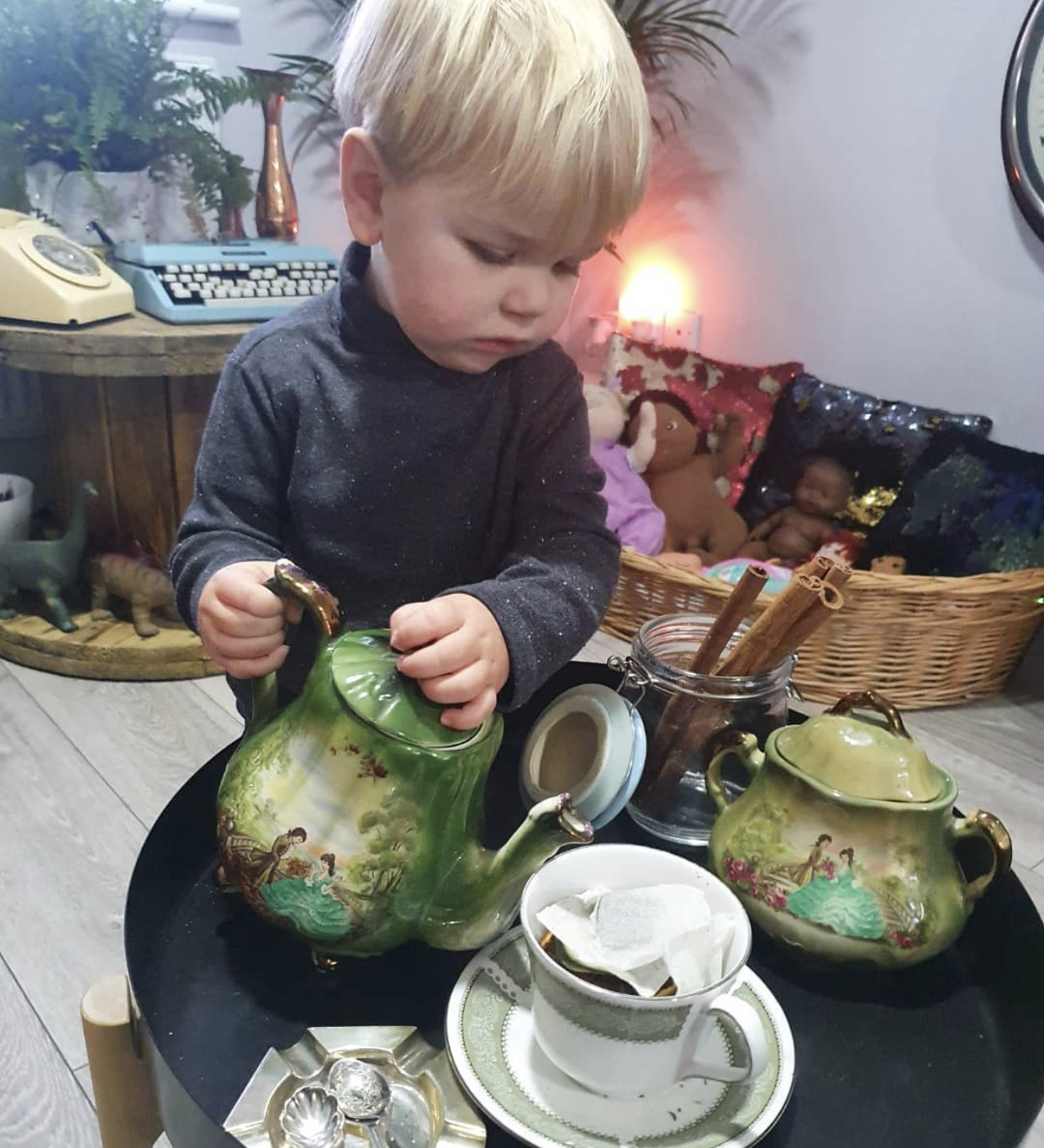
At The Curiosity Approach®, we believe in giving children responsibility to handle and play with breakable items. Ceramic tea pots and tea sets replace the bright plastic child sized ones that we all have always used. ( image curtesy of Happy Hearts Childcare)
Traditionally, early years settings have used brightly coloured child sized tea sets. Cups & saucers of red, yellow, green and blue, adorn the majority of nursery home corners. Each has been purchased to encourage colour recognition & allow children the opportunity to match items and provide a safe, purposeful addition to the play kitchens in home corners of our nurseries, or educational settings.
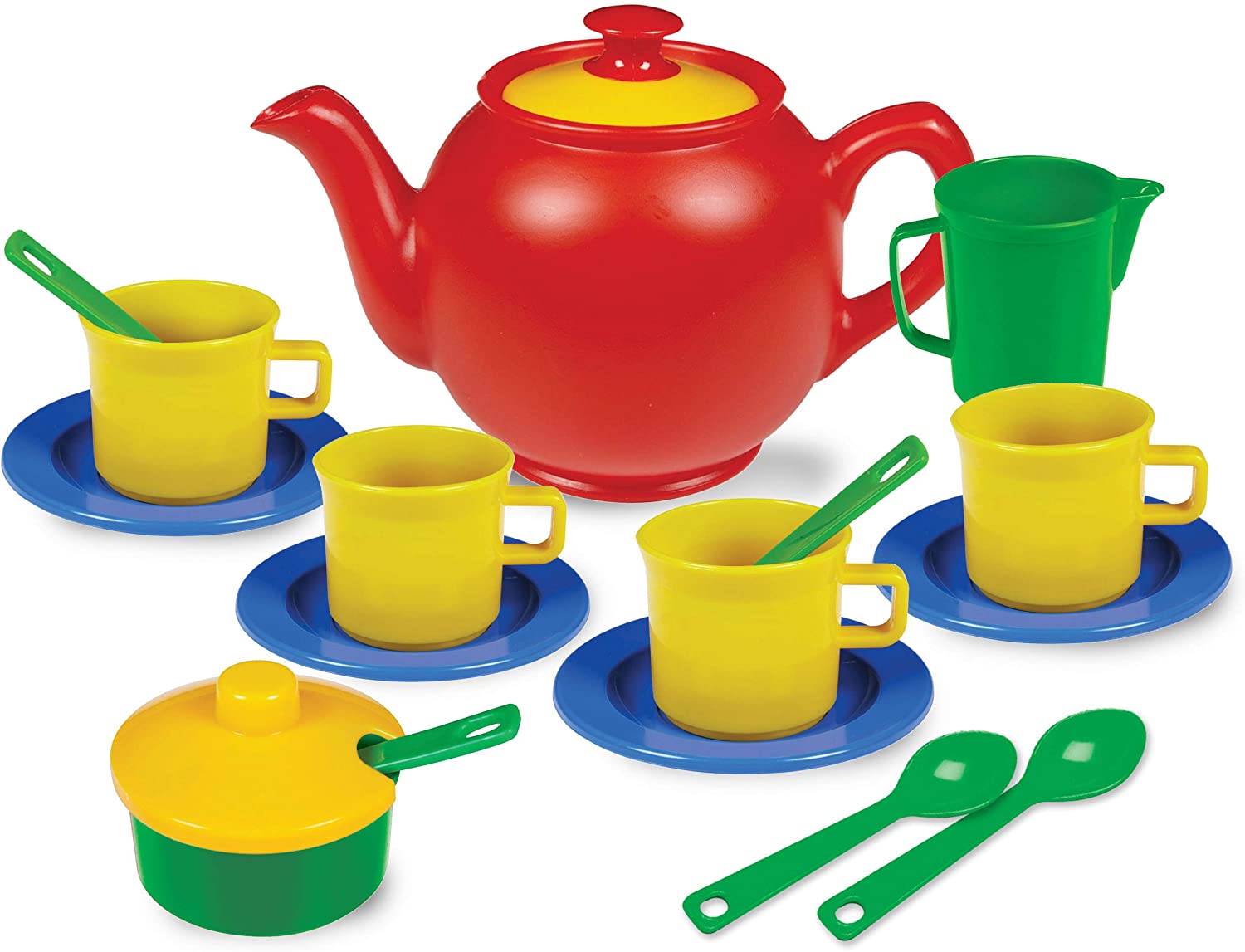
So, what other benefits do these miniature unrealistic items have?
Plastic tea sets are robust & don’t break.
Is this REALLY a good thing?
Plastic tea sets, up and down the country last for years, they get dropped & thrown, used in the water play area or in the outside sand pit. They get coloured or scribbled on & sometimes scratched and occasionally chewed.They get flung across the room or dumped without care or regard.
Children subconsciously & consciously know this, they think it’s ok to treat these resources any way they like because these items are virtually indestructible. So, is this a good thing?
There are therefore no consequences to children’s actions-
It really doesn’t matter if a tea cup gets catapulted across the home corner. Or a saucer literally becomes a flying missile from one side of the sand pit to the other!
These resources don’t break, they don’t bend and they can withstand any man (child) handling, mistreatment or total disregard for it, as a piece of nursery equipment!
What messages are we giving our children, when everything we allow them to play with is PRETEND and an unbreakable resource?
A child loves to mimic and replicate the actions of their loved ones, they want to re-enact real life scenarios and be like Mummy, Daddy or significant adults, peers etc.
So why is it we give them miniature, child sized replicas of the real thing? Why do we fob them off with tiny resources of unrealistic colours, patterns or designs?
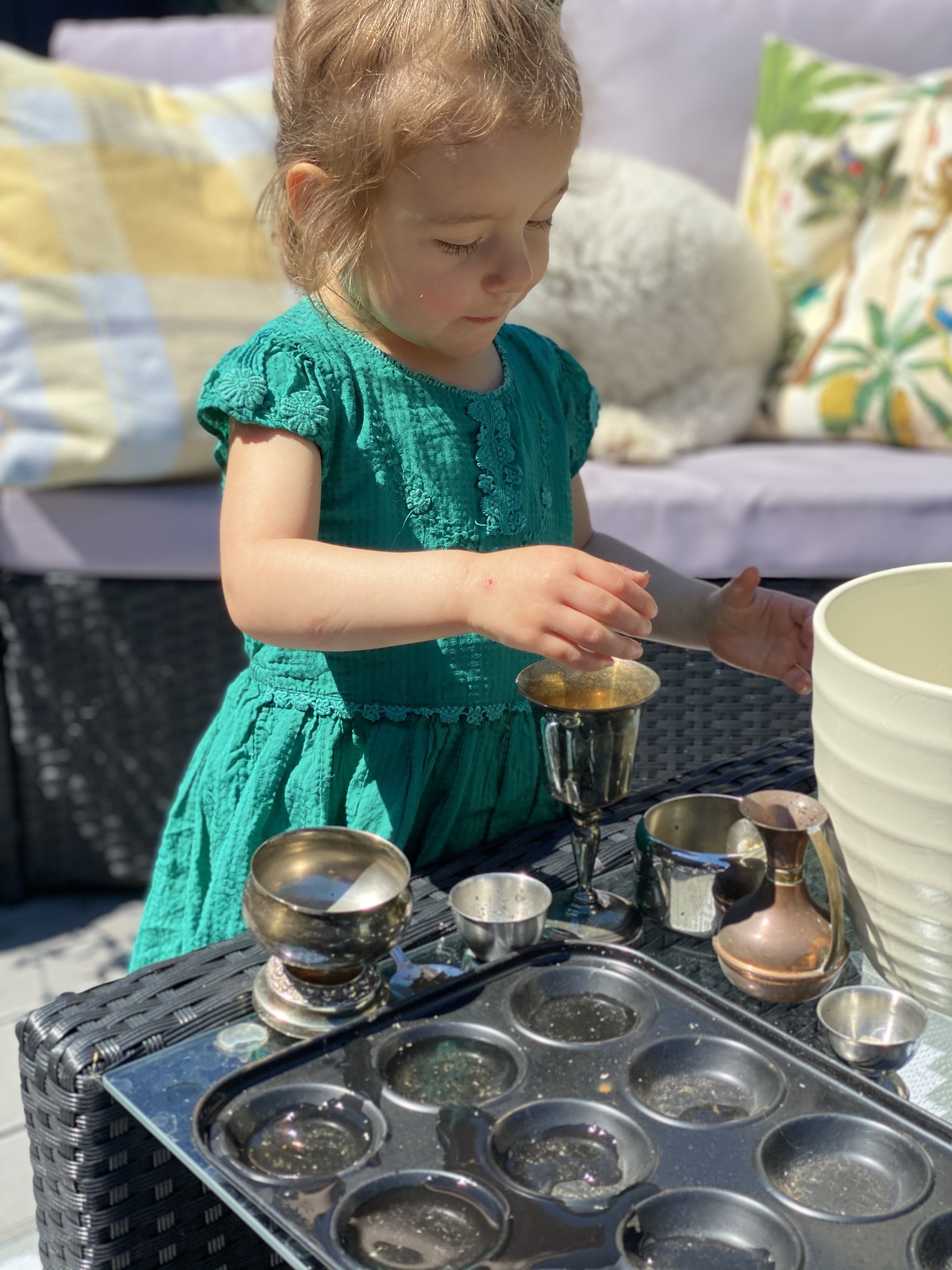
Aren’t we undervaluing their play as just PRETEND?
Aren’t we sending messages to them that their play isn’t real, therefore it’s not worth giving them the ‘good stuff.’
Children love to have what we have, they want the REAL mobile phone or TV remote. They can’t be fooled with replacements and get frustrated when we try to offer them up instead! Who are we trying to kid? These children are smart cookies!
So what’s stopping you from allowing these items in your settings?
Believe me, I totally understand your reservations! Crockery or glass in the nursery! ARE YOU HAVING A LAUGH !!!!
I too, felt exactly the same, however after much soul searching and deep consideration, I decided to give it a go! I first started with the ceramic tea sets, introducing them as an adult initiated activity.
Following children’s interest in role play and the home corner, we extended our continuous provision, setting up invitations to come and play. Joining smaller group of children at a time, we held several little tea parties for the nursery dollies. These continued in small sustained shared thinking groups, over the course of the week and term, children were interested and engaged.
Whilst pouring pretend tea, grinding tea bags and generally being imaginative, we had conversations about the tea pot, cups and saucers. Looking at the differences between the plastic items and the ceramic/real ones. We modelled how to handle each item. How to place items gently on the table. We supported children, those quality teaching and learning moments.
We then discussed what to do if something got broken, stand back – don’t touch & tell an adult.
We talked about CONSEQUENCES and RESPECT for equipment. We discussed that these items were special and to be looked after, to handle with care.
The children listened with interest, desperate to prove they were worthy of handling such precious treasures. Their self-esteem rocketed as they realised they were given a responsibility to look after these fragile treasures.
Their little chests rose with pride and their eyes twinkled as they showed how capable they actually were, to be allowed to pour from the beautifully patterned China pot into the exquisite and truly beautiful cup & saucer.
It was truly incredible to watch as the sometimes quite lively home corner play, slowed down to a more mindful & thoughtful approach. Time seemed to tick past slowly as children became more engaged & respectful. Noise levels quietened and children took care to handle the items with precision and care.
Yes, occasionally we lost a handle of a jug or a cup got accidentally chipped. However, children now saw their actions had consequences. Peers reminded peers to be careful and slow down.
Children learnt to manage risks, understanding the need to hold the lid on the blue willow tea pot – because if they didn’t, the lid would topple off and land in the tea cup!
Honestly, I’m truly thankful I made the changes to introduce ceramic breakable items. Home corner play has been taken to a whole new level! Children who once struggled to concentrate, or flit from one activity to another, now become deeply engaged for extended periods of time. High levels of concentration and active learning help to form connections and that ever changing equilibrium of knowledge.
So what’s stopping you?
All it needs is a small amount of forward thinking, courage and vision. All you need is to be brave! To see the benefits v the risk!
Get yourself organised, write up your benefits v risk assessment and let the magical learning opportunities begin.
The play takes on a whole new meaning, it slows down and children engage in a calmer, more meaningful interaction with these resources.
The weight feels different with a ceramic tea pot and usually, these items are unusual different in design, shape and many other features.
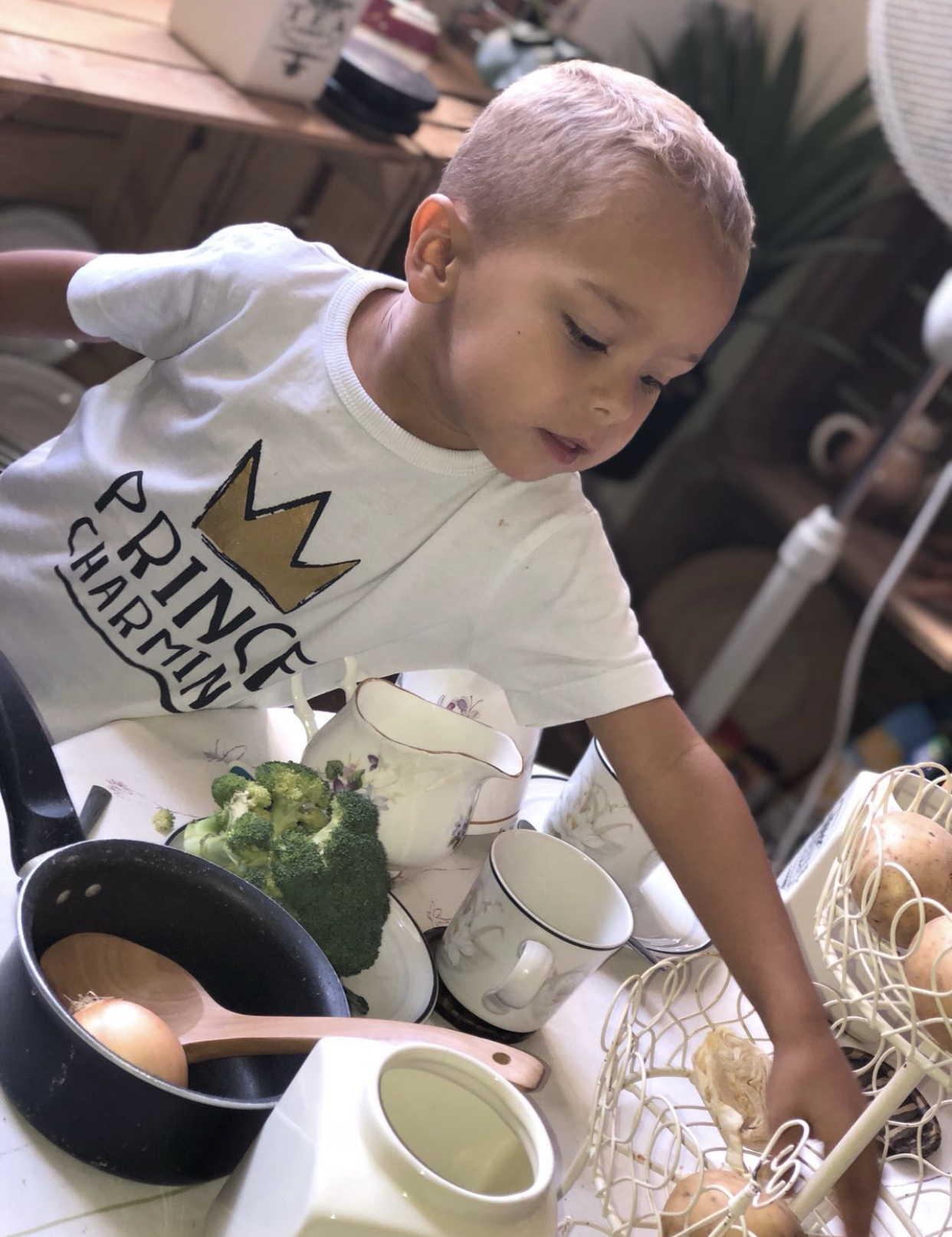
Children are taught with respect, therefore they develop a deep respectful thinking to their play.
Mindfulness is a big part of The Curiosity Approach® – being present in the HERE & NOW!
Sadly today’s culture is a throwaway society, items have no value, no meaning! Easily replaced or discarded with no second thought.
Let’s teach our children a little respect for items, belongings and resources. Let them be given responsibilities to look after equipment & to share in the disappointment if something gets broken.
We need to be getting our children prepared for life, instead of exams and college. Encouraging them to handle such things at home or school. How will they know how to do this, if knowledgeable educators like ourselves don’t support and scaffold children to handle resources in a safe environment. A place of trust and confidence in their abilities.
These children are so capable. Extremely competent, it’s us as adults that could potentially be holding them back and making our environments total risk free zones.
How incredible it is when you give a child a ceramic tea set. Immediately their little faces light up in disbelief, awe, wonder and gratitude! Children become curious, inquisitive & have the wings to fly.
Be Brave, these amazing little people will astound you!
Top Tips
Using breakables and authentic resources, isn’t something that is going to happen overnight, it takes time, patience and practice.Time for children to learn new skills, to understand that things will break if we are heavy handed or drop items on the floor. As Early Years Educators, we cannot expect to put a ceramic tea set in the home corner and walk away. Guaranteed within 5 minutes, your tea pot will have no spout and the tea cup no handle. Children are been programmed to believe everything is indestructible and they can treat things will little regard. Introducing ceramics needs to be carefully planned and considered .
Let’s reflect, everything children touches is plastic, from plastic rattles and baby toys, to the plates they have their dinner off. At The Curiosity Approach we look to help children learn new skills and prepare them for life.
How can you start ?
If children have never used authentic resources, start with stainless steel items. To begin with children are getting used to the difference in weight and size to a plastic play tea set. They will learn new skills of manipulation and holding a heavier and larger item. These cheap and sustainable resources can be picked up relatively cheaply at charity, or op shops and car boots.
These items are great for water play, outside resources and for our youngest babies and toddlers
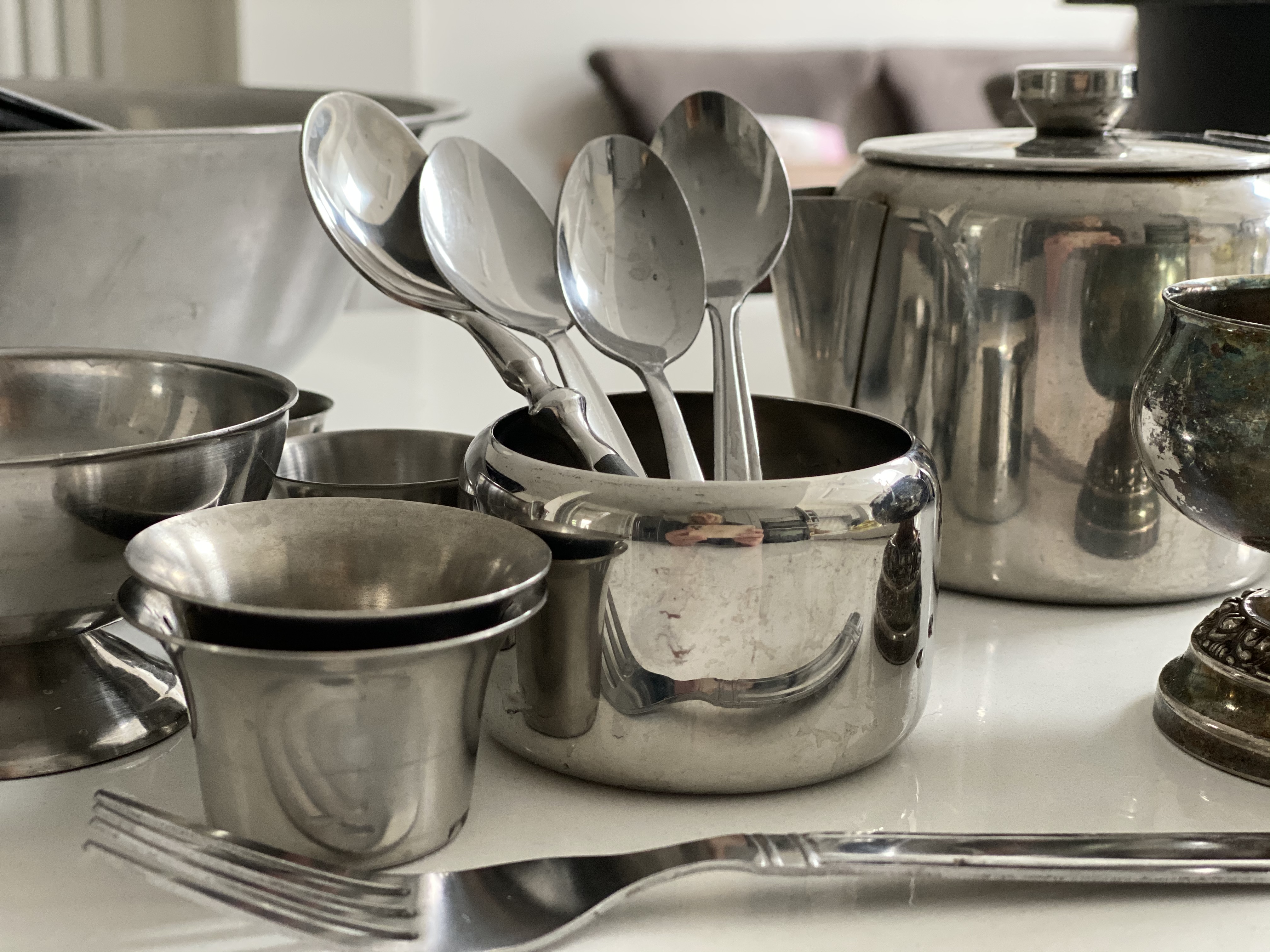
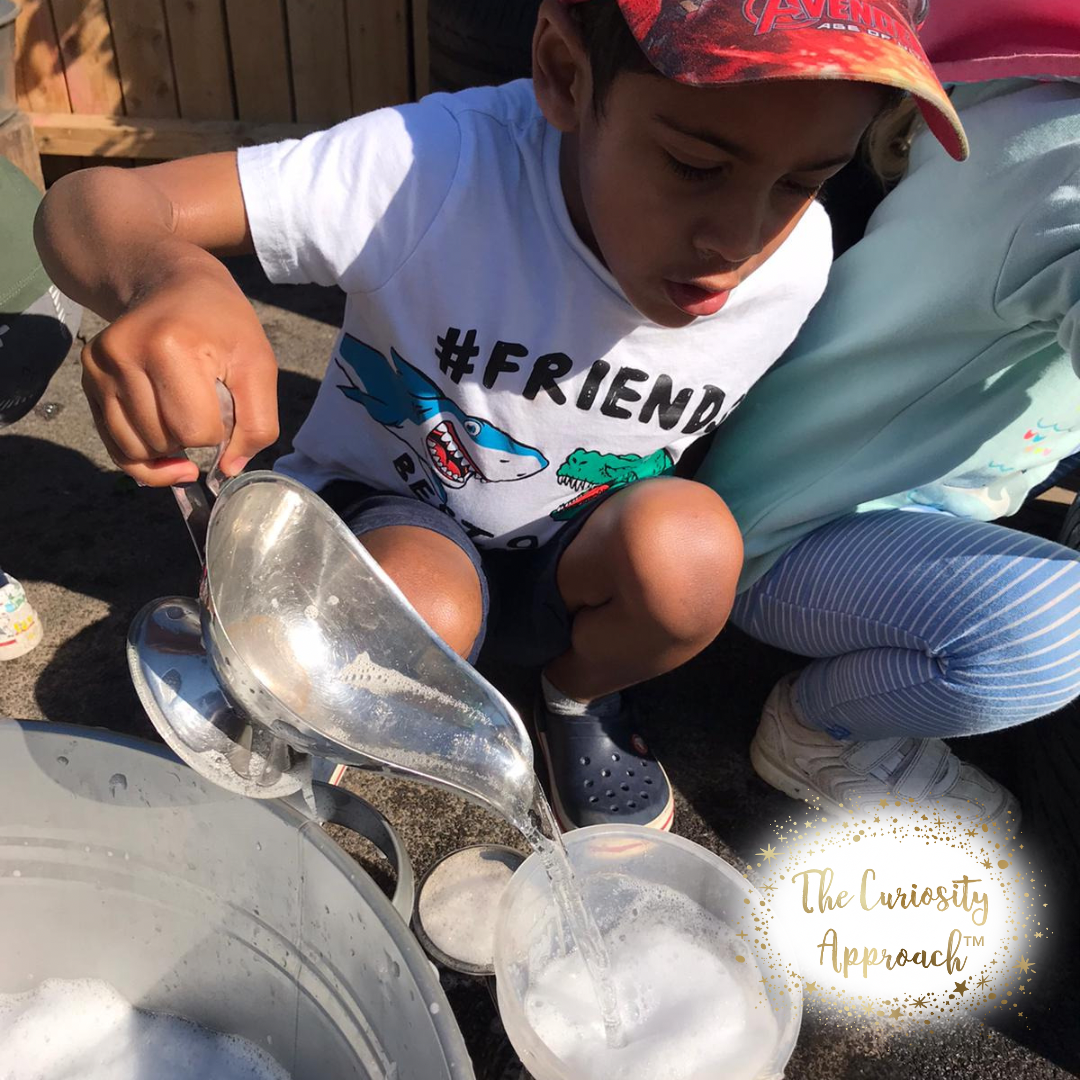
Once children have become more competent and capable with larger authentic resources, you might consider starting to introduce Earthenware or stoneware . Both were very popular in the 1970s and are more durable than ceramics. They are a great first step into the introduction of breakables. Please be advised that as Early Years Educators risk assessments must be in place prior to their introduction. Giving consideration to how we minimise risk and what happens if something breaks? Does everybody understand how to clean up broken pieces without incident or injury. Clearing up items should be the task undertaken by an adults and children stand back whilst all pieces are removed.
Staff can discuss and explain why the breakage has happened, helping children understand consequences and reflecting on why the item got broken. Again, age and stage appropriate language and support of children in the moment enables them to assimilate knowledge and understanding.
Maria Montessori was also huge advocate of introducing children to REAL resources. In Tim Seldin’s book, How to Raise an Amazing Child the Montessori Way, you can read about his thoughts on “Glass in the Home”. It is an interesting read and elaborates on the many of the points above. https://www.montessori.org/pro...
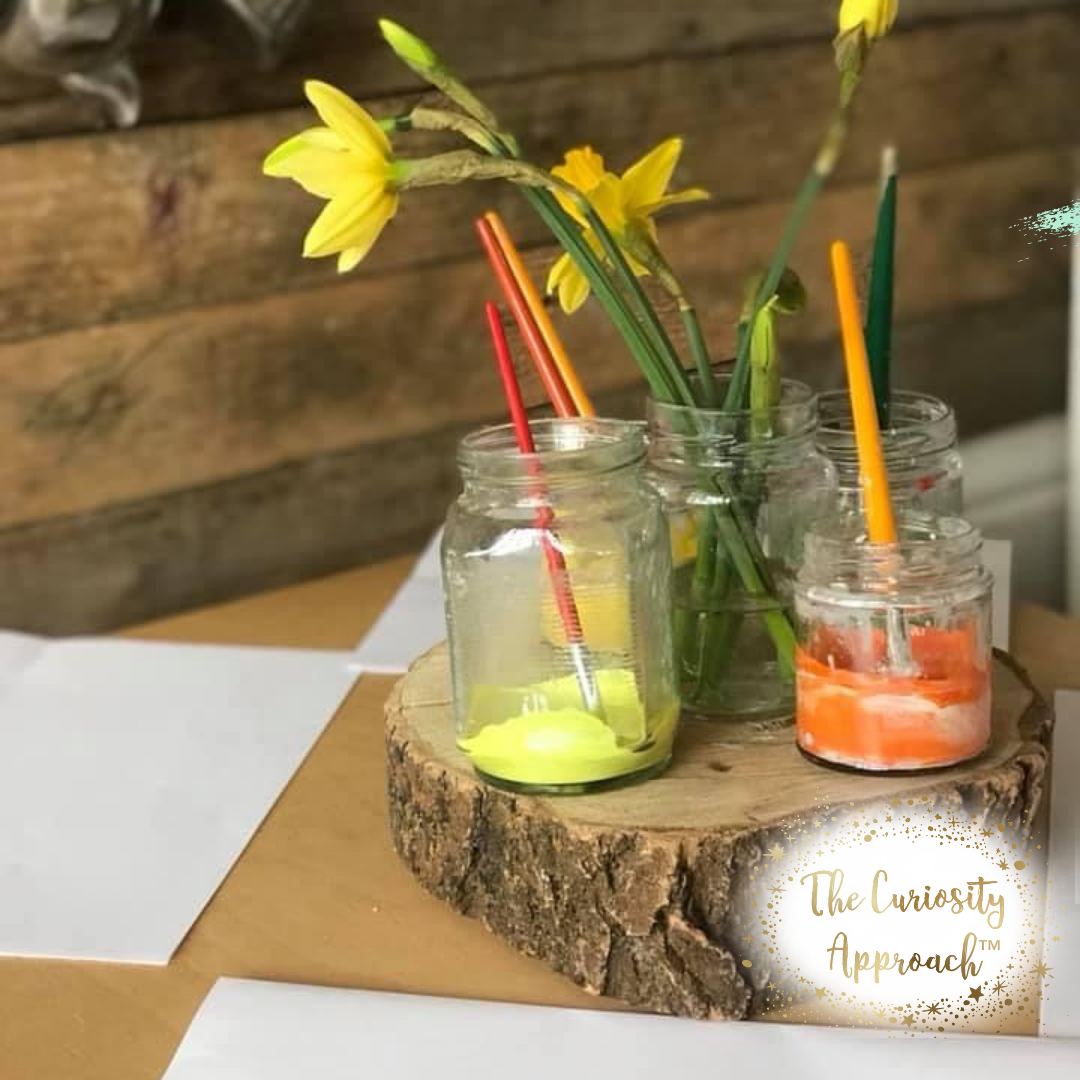
It’s important that we supervise children when we start to introduce breakables. To be present, support and scaffold new learning and knowledge. That doesn’t just mean a quick tea party in the home corner and then we move on!
This takes TIME. Practice, repetition, repetition and repetition. Remember, we have a whole cohort of children that need our help to learn new skills, to model, praise and encourage. To demonstrate how to handle and to be there encourage gentle hands.
To understand the learning styles of children and be there for sustained shared thinking. It is important we all reflect on our own children and their capabilities. Our levels of supervision and can we safely manage risk?
Gradually as children learn new skills, they become more competent and capable. They support and encourage each other and the new thinking.
So let’s recap! Introducing ceramics isn’t something that will happen over night, it will take time! It will require us as Early Years Educators to be present, supportive and observant, helping children learn and embed new skills and thinking. To be given the opportunity to be competent and capable.
PRACTICE, PATIENCE AND PERSEVERANCE.
But what better place to learn such skills and practice them through play.
* Benefits V Risk assessment is key and we must all provide adequate supervision.
What is risk v benefit ? Play Scotland.org tells us
”Risk-benefit assessment means that the provider considers two goals alongside each other: the goal of protecting children from avoidable serious harm, and the goal of providing them with stimulating, adventurous play opportunities
Cherie Morgan, Play Development Officer, Play Scotland says:
“We want to see a common sense approach to risk in play, where practitioners weigh up the benefits, as well as the risks involved with activities. The opportunity to face challenges in a supportive environment helps children and young people learn to assess and manage risk for themselves, and this is vitally important for their development. We’re delighted to have worked with the Care Inspectorate to develop this important message and to highlight this approach to those who are responsible for the day to day care of children.”
See the link here https://www.playscotland.org/r...
Once children become these capable learners, the whole way children play takes on a calmer quality. They become more engaged deeply engrossed and high levels of engagement and well being.
Why not give it a try?
Stainless Steel, stone ware, earthenware - ceramics - its a journey of competence
Take our Curiosity Approach Quiz here. Find out if you are ordinary or Extraordinary
Copyright ©The Curiosity Approach 2021 All Rights Reserved
All files and information and images contained in this Website or Blog are copyright-protected by The Curiosity Approach Ltd, and may not be duplicated, copied, modified or adapted, in any way without our written permission. Our Website or Blog may contain our service marks or trademarks as well as those of our affiliates or other companies, in the form of words, images, graphics, and logos. Your use of our Website, Blog or Services does not constitute any right or license for you to use our service marks or trademarks, without the prior written permission of The Curiosity Approach Ltd. Our Content, as found within our Website, Blog and Services, is protected under UK and foreign copyrights. The copying, redistribution, use or publication by you of any such Content, is strictly prohibited. Your use of our Website and Services does not grant you any ownership rights to our content


